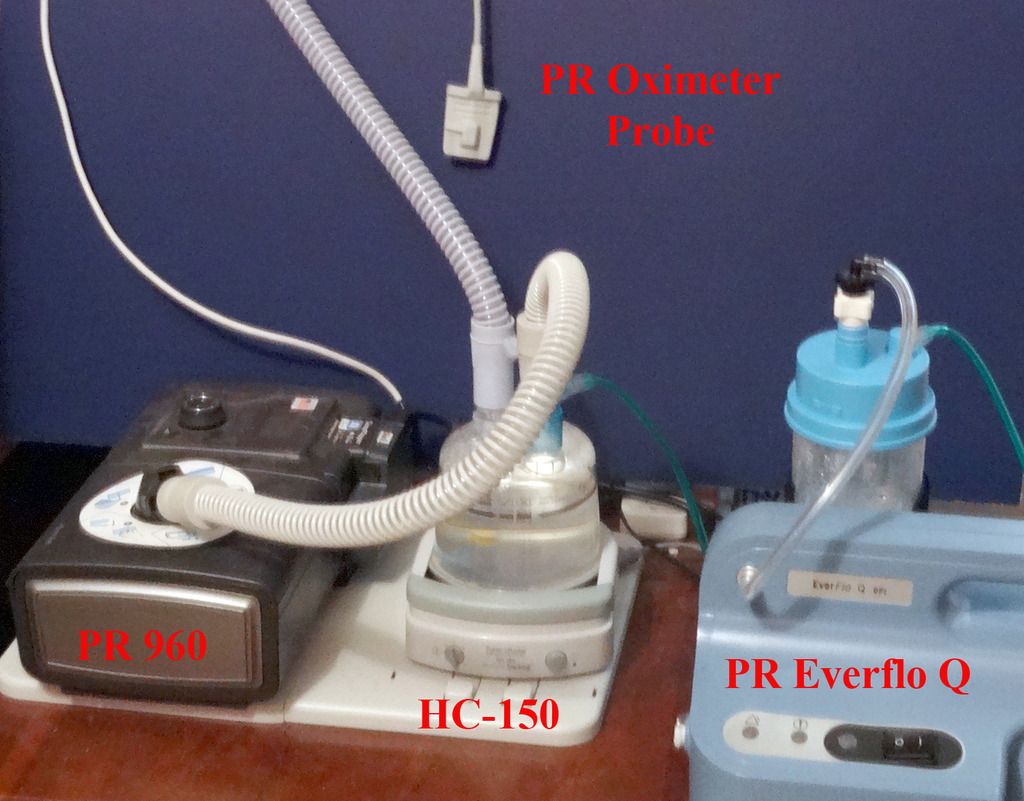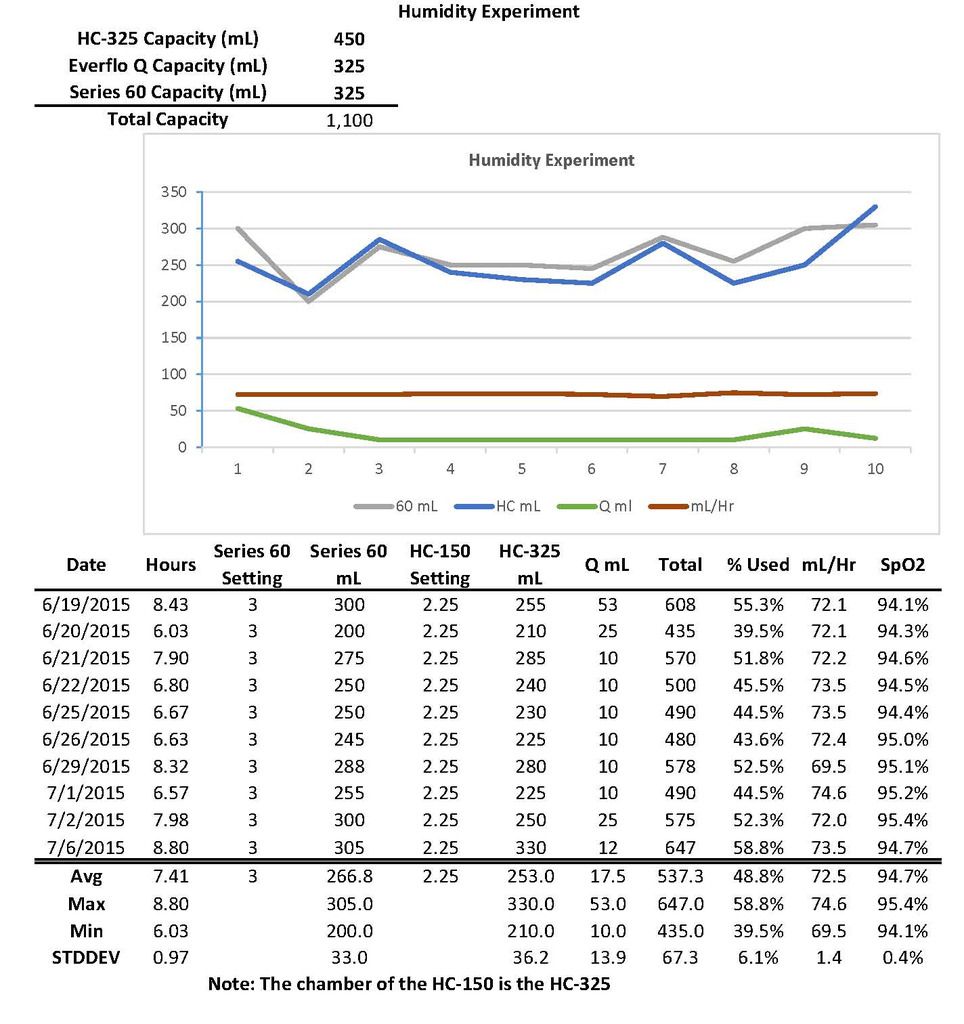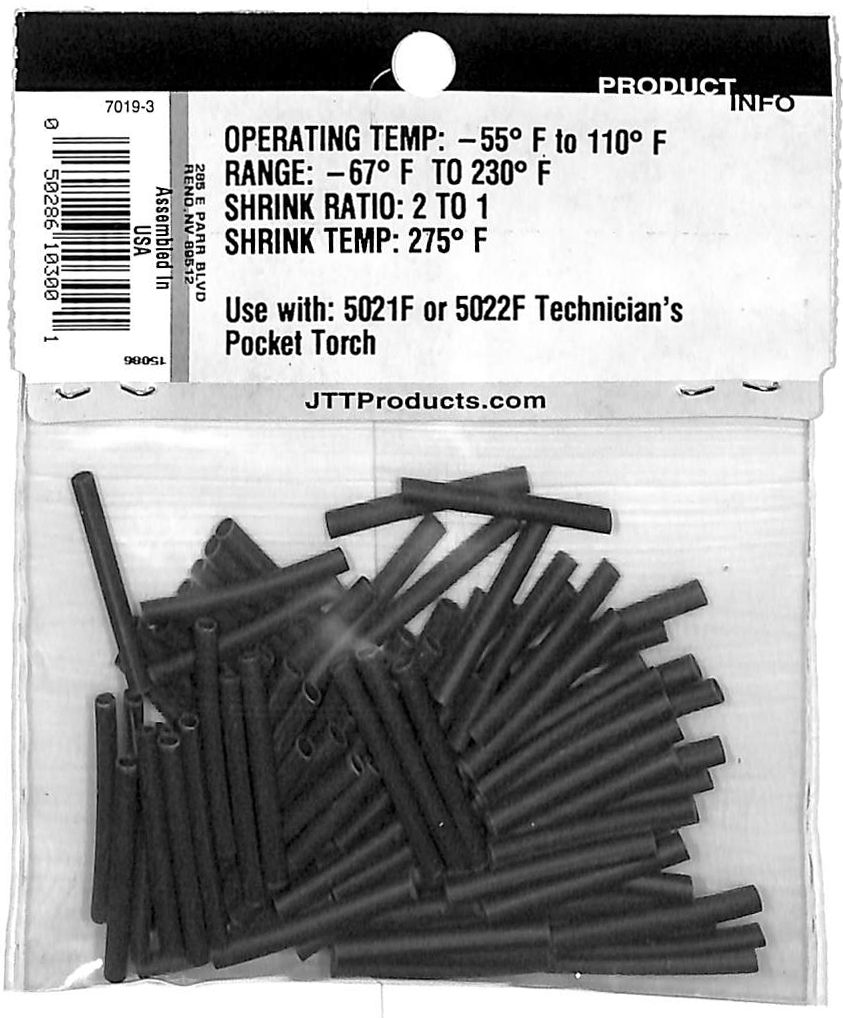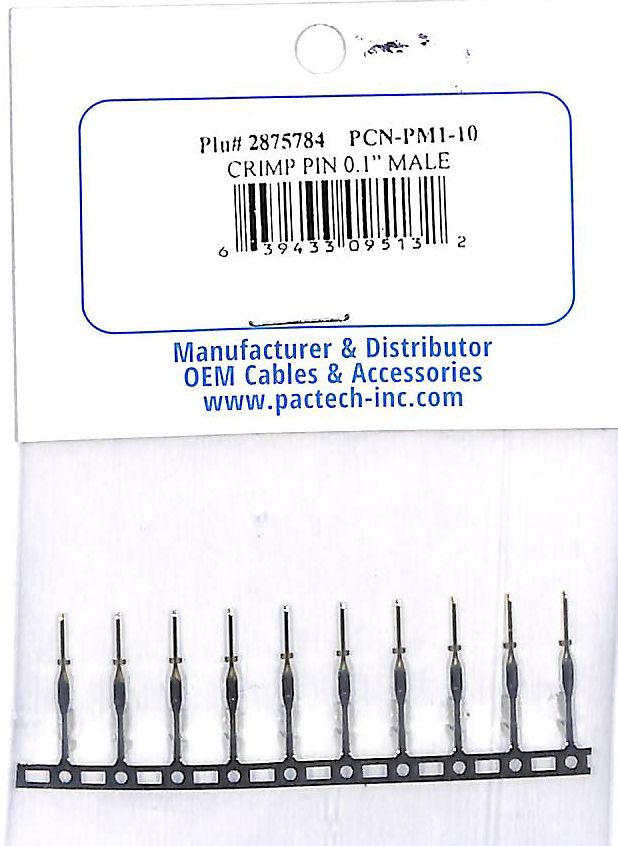I measured the amount of water that I used in an 8 hour period on my PRS1 960 ASV cpap with heated humidifier to find the reason for my dry mouth in the morning. Careful measurements of the usage indicated that about 70 mL of water per hour was used overnight and the capacity of the chamber was only 325 mL. So, my humidifier was running dry about 5 hours in and leaving me with completely dry air from a minimum of 2 hours to a maximum of 4 hours depending on how long I slept that night. That was enough time to make my mouth feel like the Sahara desert.
I spoke to a Philips-Respironics representative about the possibility that they made a larger capacity chamber and was advised that no such chamber was available for any of the series 50 or 60 model machines.
So, following the lead of AlabamaAl in his quest to retain a water supply independent of how long he slept or how high he set the humidifier Link to his Post, I decided to once again try the daisy chain a F-P HC-150 heated humidifier to the PRS1 heated humidifier. That completely solved the water capacity problem but left an additional problem to solve. Connecting and external device like the HC-150 in the air circuit immediately disabled the Heated Hose from Respironics – huge rainout was the result. To solve this, three approaches looked like they might do. First, insulate like crazy around both the cpap hose and the short hose from the mask to the hose; second, find a way to link the electrical circuit between the heated humidifier and the heated hose; and three get an external heated hose.
The insulation path didn’t work very well and had the added downside of making the hose very stiff and not easy for me when I rolled around at night. I still haven’t solved the “extension cord” problem but have purchased parts that might do. So, I purchased a Hybernite Heated Hose system and got all configured.
My configuration has the short HC-150 hookup hose running from the PR Heated Humidifier to the HC-150 chamber, the HC-325 water chamber. Then the Hybernite cpap hose was connected to the HC-325 outlet and to my mask. The short hose on the mask continued to be insulated.
Because I am using supplemental oxygen, I connected the O2 feed from the concentrator to the inlet of the HC-150 to get the benefit of adding humidity to the dry O2 feed.
Altogether, the two chambers hold 775 mL of water, more than double the standard PR chamber. As you can see from the data below, the option of using the HC-150 didn't supply enough capacity to meet my requirements.
Here is the setup.

Over a period of time, I tracked water usage and here are the results. I’m assuming that the small variability of water used per hour is related to relative humidity variations day to day. Notice that the total usage always exceeded the capacity or either chamber.

Because this link-up changes the total hose air volume from the PR cpap to the mask, I paid careful attention to the nightly statistics to see if anything changed in the number of events, kinds of events, and changes in pressure. I could detect no changes. I believe the net effect must be similar to that of using an 8 foot hose instead of the standard 6 foot hose.












